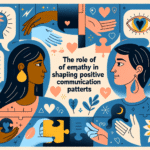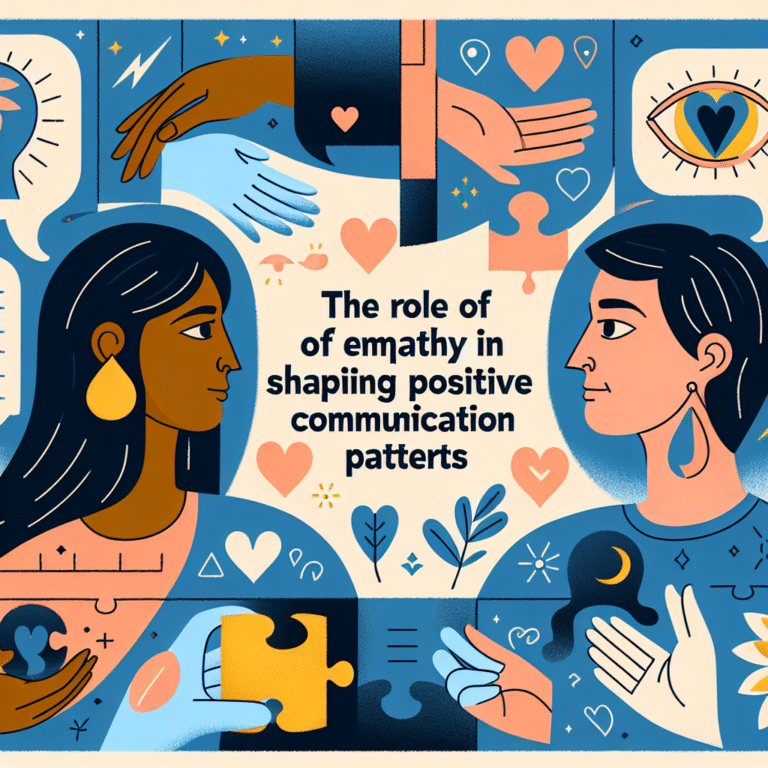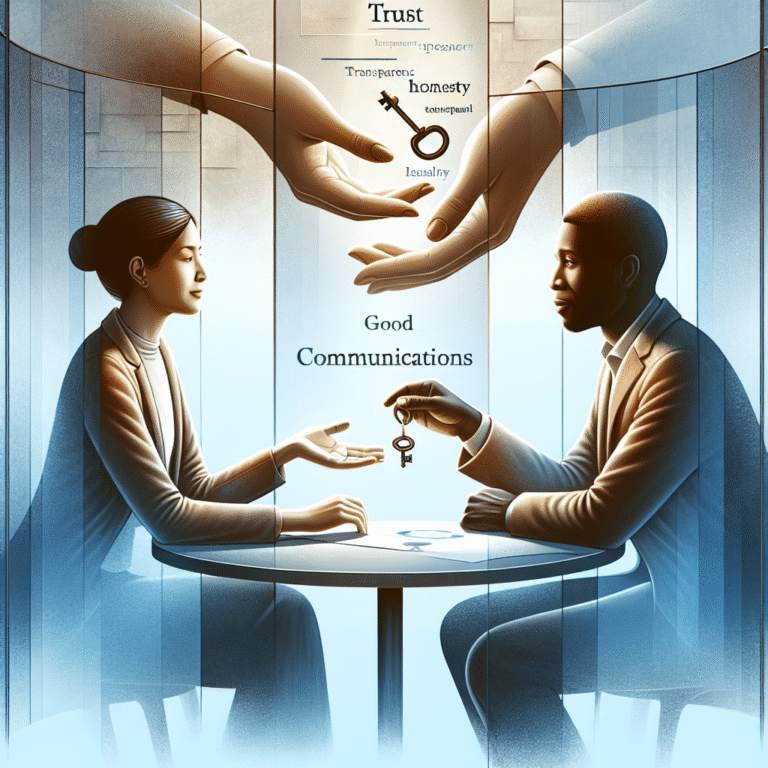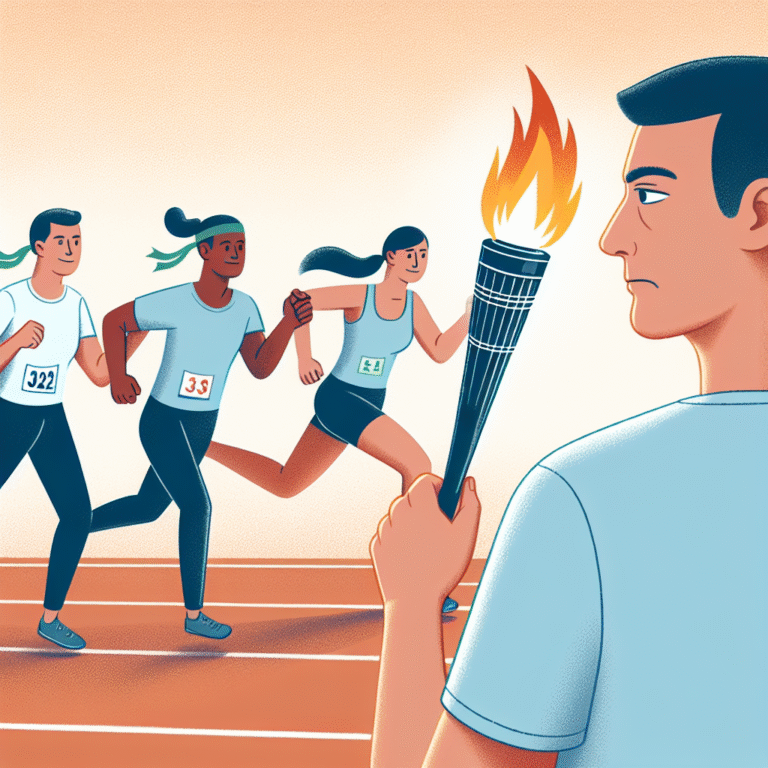
Infatuation is a powerful emotion that has captivated human hearts for centuries. From the thrill of a first glance to the butterflies felt during a simple text exchange, the intoxicating feeling of infatuation can be exhilarating. It brings a unique blend of excitement and vulnerability that keeps many of us on our toes. But why does infatuation feel so good, and why can it also lead to tumultuous heartache? In this exploration, we delve deep into the complexities of infatuation and dissect The Thrill of Infatuation: Why It Feels So Good (and Sometimes So Bad).
Understanding Infatuation
What Is Infatuation?
At its core, infatuation is an intense but short-lived passion or admiration for someone. Unlike love, which often develops over time and includes a sense of deep emotional commitment, infatuation tends to be immediate and can sometimes cloud our judgment. It’s that dizzying feeling you get when you’re obsessed with someone new, and everything they do appears fascinating.
This emotional vortex is characterized by a few key traits:
- Intense Focus: Infatuation narrows your focus to one person, often to the detriment of other relationships or responsibilities.
- Idealization: It leads individuals to perceive their infatuation target as perfect, overlooking any flaws.
- Physical Reaction: Infatuation triggers the release of neurotransmitters like dopamine, creating feelings of pleasure, excitement, and energy.
The Psychology Behind Infatuation
Neurochemical Responses
The brain plays a pivotal role in why infatuation feels so good. When you’re infatuated, the brain releases a cocktail of chemicals. Notably, dopamine, often dubbed the "feel-good" neurotransmitter, surges in response to attraction. Studies indicate that this neurotransmitter is responsible for feelings of euphoria, motivation, and reward.
Additionally, oxytocin—the hormone associated with bonding—also contributes to feelings of attachment and intimacy. However, these changes can lead to obsessive behaviors and anxiety, illustrating the duality of The Thrill of Infatuation: Why It Feels So Good (and Sometimes So Bad).
Case Study: The Roller Coaster of Infatuation
Let’s consider a real-world example. Take the story of Maya and Jake, two college students who met at a party. They quickly fell into a whirlwind romantic connection, fueled primarily by infatuation.
| Factors | Maya (Infatuated) | Jake (Skeptical) |
|---|---|---|
| Emotions | Euphoric, consumed | Cautious, intrigued |
| Actions | Texting non-stop | Keeping distance |
| Physical Impact | Energetic, restless | Calm, measured |
Maya experienced the thrill of infatuation as she felt elated with Jake’s every text and touch. On the other hand, Jake’s cautious nature led him to hold back, creating a paradox that showcases both the highs and lows of infatuation.
The Good Aspects of Infatuation
1. The High of Dopamine
Infatuation can be exhilarating because it ignites the brain’s reward system. The resulting dopamine release gives a boost in mood and motivation, making everyday tasks feel lighter. The butterflies you feel in your stomach can inspire creativity or ignite passion in your professional life.
2. Increased Social Interaction
Infatuation often leads individuals to expand their social circles. Friends and acquaintances become involved, and the excitement of a new relationship sparks conversations and gatherings.
3. Enhanced Commitment to Self
Feeling infatuated can push individuals to improve themselves in pursuit of potential love. You might find renewed enthusiasm for fitness, fashion, or personal development—all driven by the desire to impress someone special.
4. Unpredictability and Excitement
The unpredictability of infatuation brings a sense of adventure. The excitement in waiting for a response to a text or planning a spontaneous date adds a layer of thrill to life, making mundane days seem extraordinary.
Case Study: The Transformative Power of Infatuation
Consider Linda, who found herself infatuated with a colleague. Her newfound energy led her to commit to a workout routine and explore new hobbies she had never tried before.
| Before Infatuation | After Infatuation |
|---|---|
| Lethargic, demotivated | Energetic, proactive |
| Avoided social outings | Attended parties often |
| Stagnant in career | Aspired for promotions |
Linda’s infatuation instigated personal growth, showcasing how fleeting passion can lead to tangible improvements in life.
The Bad Aspects of Infatuation
1. Obsessive Behavior
While infatuation can fuel creativity, it can also lead to obsessive thinking. Individuals may become fixated on their love interest to the point of neglecting other aspects of their life.
2. Emotional Turbulence
The roller coaster of infatuation can induce anxiety and heartache. When the initial spark dims or if the other person does not reciprocate feelings, it can lead to feelings of rejection and sorrow.
3. Lack of Rationality
Infatuation can cloud judgment, leading individuals to overlook significant red flags. This irrationality can result in toxic relationships or scenarios that lead to further emotional distress.
4. Comparison and Insecurity
Infatuation often promotes unhealthy comparisons. Individuals may start to measure their worth by the attention they receive from their infatuation target, resulting in feelings of inadequacy.
Case Study: The Dangers of Obsession
Take Sam, who fell head over heels for a friend. Initially thrilling, it led to obsessive behaviors.
| Infatuation Stage | Behavioral Change |
|---|---|
| Initial Zing | Constant texting |
| Increased Attention | Following on social media |
| Decline in Confidence | Jealousy over interactions with others |
Sam’s infatuation ultimately became detrimental to his mental well-being, illustrating how The Thrill of Infatuation: Why It Feels So Good (and Sometimes So Bad) can swing toward the negative.
The Fine Line Between Infatuation and Love
The Evolving Journey
Infatuation can sometimes evolve into love, a transition marked by deeper emotional connection and stability. The passage from infatuation to love involves:
- Time: Developing an understanding of each other’s flaws.
- Communication: Open and honest dialogue.
- Shared Experiences: Building mutual memories that solidify the bond.
However, if infatuation remains without progression, it can lead to heartbreak and prolonged emotional distress as reality sets in.
Balancing the Thrill and the Pain
Strategies to Navigate Infatuation
Recognize Your Feelings: Understanding the distinction between infatuation and genuine feelings can help maintain a healthy perspective.
Communicate Openly: If you’re developing feelings, discuss them openly to ensure both parties are on the same page.
Focus on Yourself: Resist the urge to lose yourself in another person. Cultivating your interests fosters both personal growth and mutual respect.
Set Boundaries: Know when to step back if infatuation begins leading to obsessiveness.
- Seek Support: Sharing your feelings with friends or family can provide clarity and emotional support.
Conclusion
The thrill of infatuation is a double-edged sword—capable of lifting us to euphoric highs while also exposing us to emotional lows. By understanding the science behind our feelings, recognizing the patterns of behavior that infatuation generates, and implementing healthy strategies, we can enjoy the exhilarating ride of passion while minimizing the risks of heartache.
Infatuation shapes our personal experiences and relationships, providing a profound sense of connection and excitement. Just as important, it highlights the lessons of love, affection, and self-awareness in our emotional journeys.
FAQs on Infatuation
1. Is infatuation the same as love?
No, infatuation is often more intense and focused on idealization, while love is characterized by deeper emotional connection and mutual respect.
2. How long does infatuation last?
Infatuation can last anywhere from a few weeks to several months, often diminishing as the initial excitement fades.
3. Can infatuation turn into a healthy relationship?
Yes, it can evolve into love if nurtured with communication, trust, and a willingness to understand each other deeper.
4. How can I manage obsessive feelings of infatuation?
Self-awareness and setting boundaries are essential. Focus on personal growth and maintain other relationships and interests.
5. Is it normal to feel anxious during infatuation?
Yes, the intense emotions associated with infatuation can manifest as anxiety, particularly if you’re uncertain about the other person’s feelings.
Through understanding The Thrill of Infatuation: Why It Feels So Good (and Sometimes So Bad), you can effectively navigate the complexities of infatuation and embrace the emotional journey that shapes our human experience. Enjoy the ride, but remember to keep your feet on the ground.

















